After a wonderful morning exploring the thousands of red gates at Fushimi Inari Shrine, it was time to head to Gion District to down some Japanese tucker, spot some Geisha impersonators and wander the streets.
Gion is known for being the one of the last Geisha districts remaining in Japan. In this area, several hundred Geiko or Maiko live and work at upmarket restaurants and teahouses. If you are lucky, you may catch a glimpse of one as she runs between engagements. However, what you are more likely to see is the many tourists dressing up in the traditional attire for a day – go ahead and ask to take a picture with them – it will make their day!
What I loved about Gion – and about Kyoto as a whole – was how naturally Old Japan blended with influences from the modern world. Power lines and neon signs live harmoniously alongside traditional sliding doors and lanterns. It never felt forced or unnatural – it just felt seamless.
After a decent chunk of time spent exploring, I had thoroughly worked up an appetite for food and the desire for an icy cold drink. Stay tuned for the upcoming Ellen Eats: Japan edition for more details about this delicious runny egg and rice dish.
After I had satisfied my appetite, it was time to head on to one of Kyoto’s most famous sites.
Ginkaku-Ji. Also known as the Silver Pavillion, this is one of the most beautiful temple sites in Kyoto and possibly even in all of Japan. The temple itself is rather unassuming, but it is surrounded by incredible forestry and plant life, which gives it a more magical feeling than it would have otherwise.
However, I am jumping the gun a little bit here. Let’s start at the beginning.
Ginkaku-Ji was constructed in the 1480’s by the reigning Shogun of that time. A Shogun was the term used for around 700 years for the country’s heredity military dictator. The Shogun was the often the de-facto ruler of the country and may also have held the position of Emperor. It is believed that this temple was intended to become a home for this particular Shogun to retire in. Plans for the construction of Ginkaku-Ji were for the temple to be coated in silver leaf – however this was not to be. Historical scholars believe that this particular Shogun ran out of money before such construction could be completed.
The Shogun died several years later and Ginkaku-Ji was converted into the wonderfully zen temple that lives on today.
Entrance to Ginkaku-Ji will set you back around ¥500 ($6.50) and it is well worth the money. The temple can be reached by taking bus number 5, 17 or 100 from Kyoto Station to Ginkaku-Ji Michi bus stop. Bus ticket prices vary depending on the distance travelled, but expect to pay anywhere from ¥120 to ¥500 per ticket. It also pays to have the correct coinage, as bus ticketing machines often will not give change.
Once you arrive and have paid the entrance fee, it is time to explore the beauty of the temple and its surrounds. There is an easily follow-able marked path which takes you from the base of the temple right up to get some beautiful views from above.
There is a small pond in which visitors were throwing coins – much like one would expect to see at Fontana di Trevi in Rome! I have done a little research into this pond and have found that this is no ancient tradition – these coins are purely the result of tourists who love throwing their loose change into pretty bodies of water. Kinda hilarious when you think about it!
Prior to arriving in Japan (in September) I had expected typical Autumn weather – a not too cold, not too hot kinda deal – but this was not what I encountered. September in Japan is bloody boiling and humid to boot; which made time spent exploring in shady spots even more welcome. In addition to preventing sunburn, this dense plant life was also utterly lovely. The moss growing on these rocks reminds me of my time spent hiking on the Isle of Mull in Scotland.
After a short walk up a few sets of stairs, this was the glorious view waiting for me. A zen temple popping up out of a forest with modern day Kyoto sprawling out across the background – pretty amazing stuff.
Up close, the temple is not overly impressive, but it has a subtle and understated elegance. The nearby Golden Pavillion (stay tuned to future posts) is far more ‘in your face’ pretty; but there is something special about a place that doesn’t need to be ostentatious or conspicuously good-looking.
Once I had had my fill of Ginkaku-ji it was time to head back to Kyoto for a good days rest before another big day of exploring.
T H E L O W D O W N
Getting to Kyoto: Though Kansai airport is the closest airport to Kyoto, it is often cheaper to fly into Shin-Osaka airport and catch a short 30 minute train to Kyoto
Getting to Gion: From Kyoto Station, catch the Nara line towards Nara and get off at Tofukuji station, transfer to the Keihan line towards Demachiyanagi and get off at Gion-Shijo station
Getting to Ginkaku-Ji: From Kyoto station, catch bus number 5, 17 or 100 to Ginkaku-Ji Michi
Ginkaku-Ji Temple: Entrance to the temple is ¥500 for adults
Camera: Olympus OM-D E-M1 with M.Zuiko 12-40mm f2.8 lens
Remember: To bring change for the bus ticket machines!
Don’t forget to add me on Snapchat and Instagram – @wwellend – for more foolishness and travel adventures!
Finally, if you enjoyed reading this post, please share it via Facebook or Twitter! <3

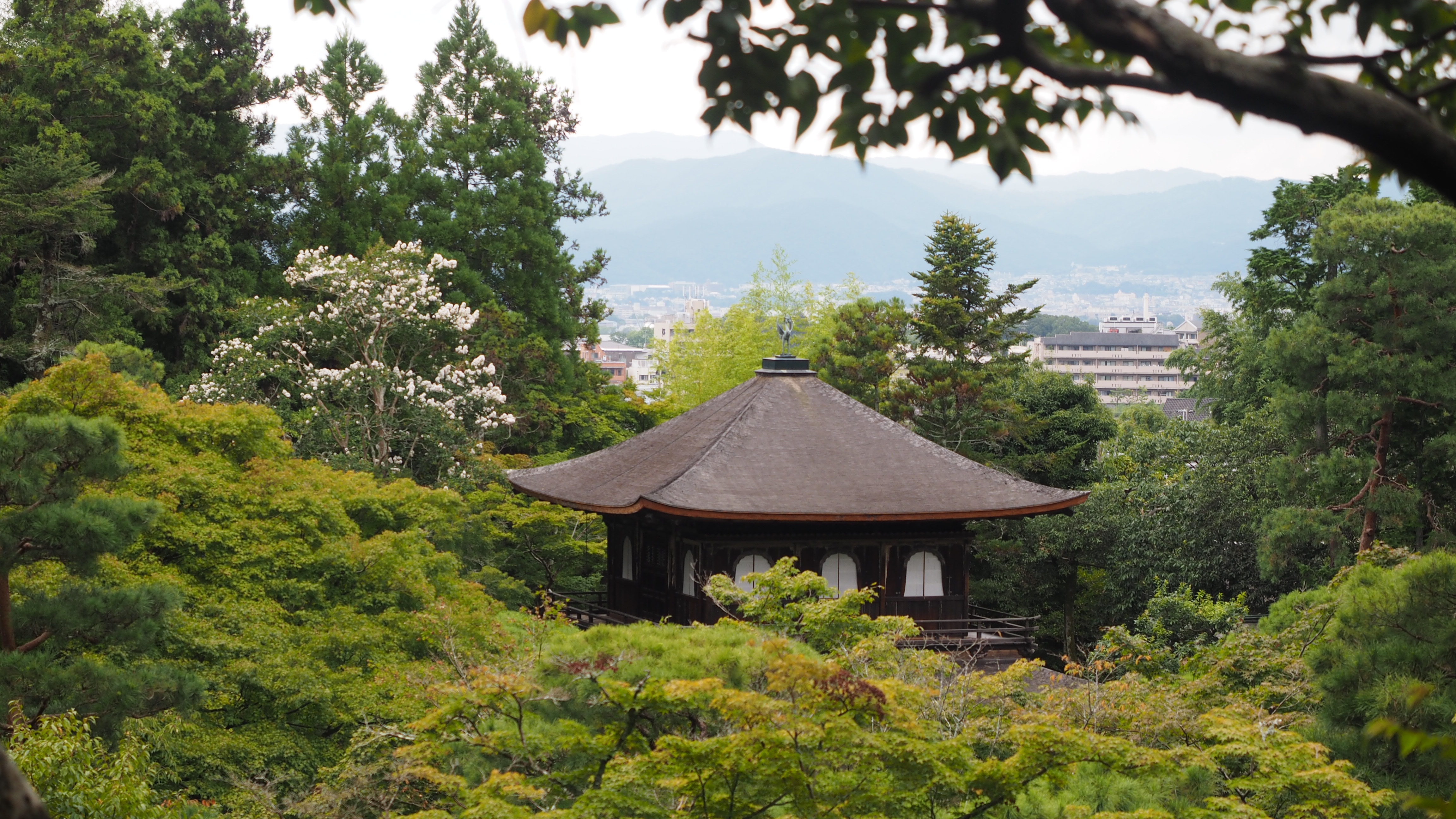
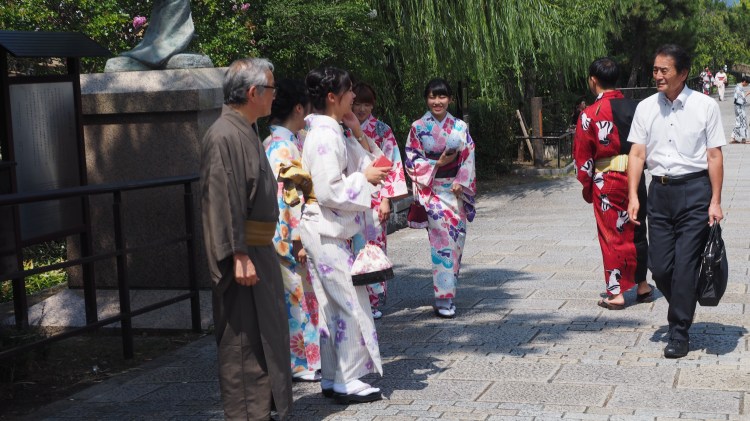


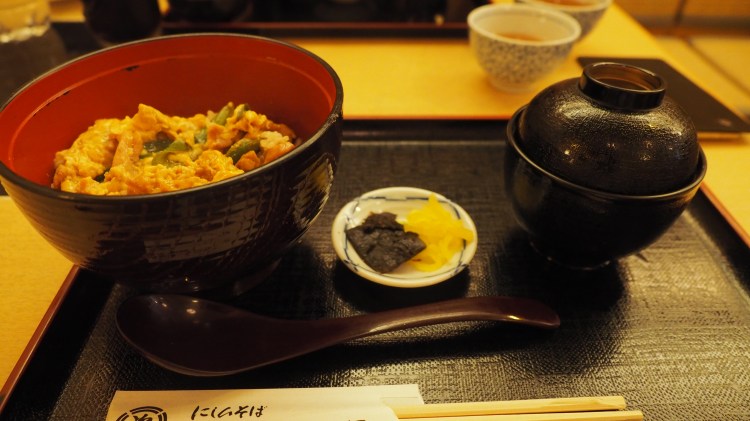
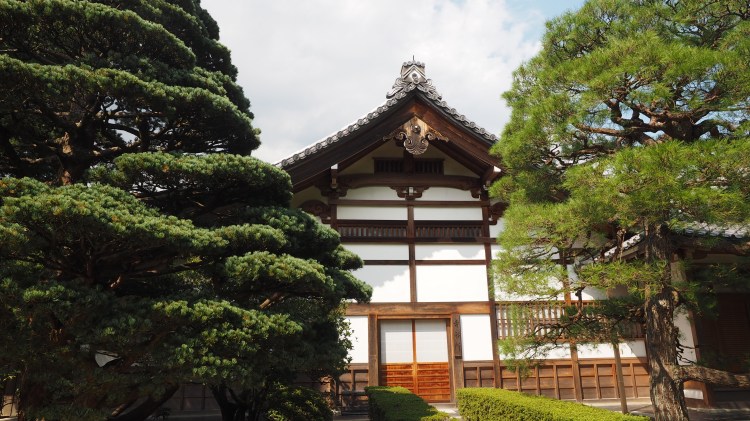



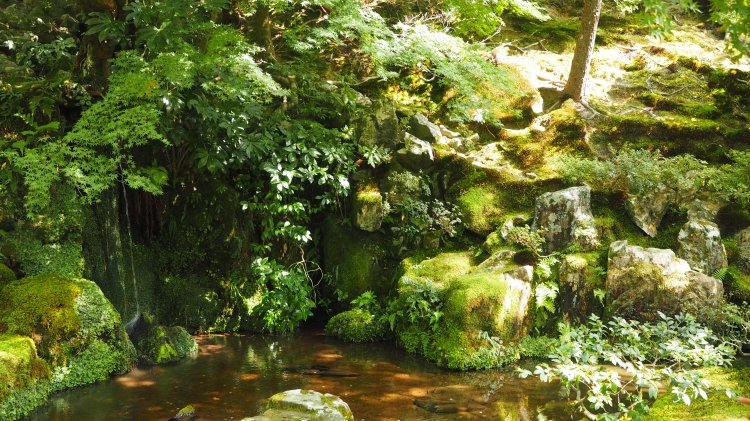
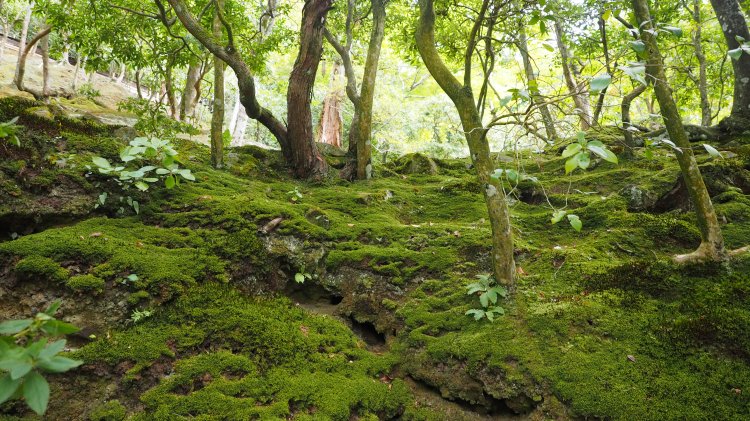
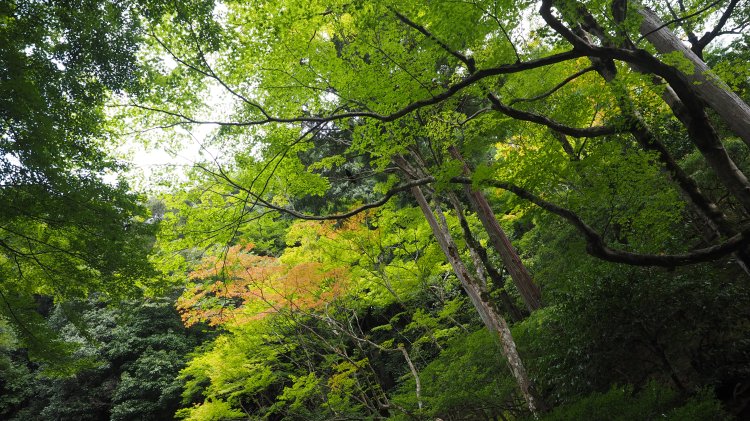

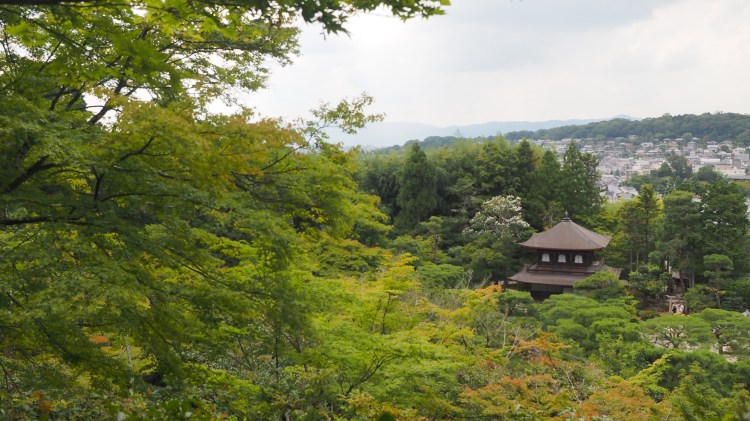
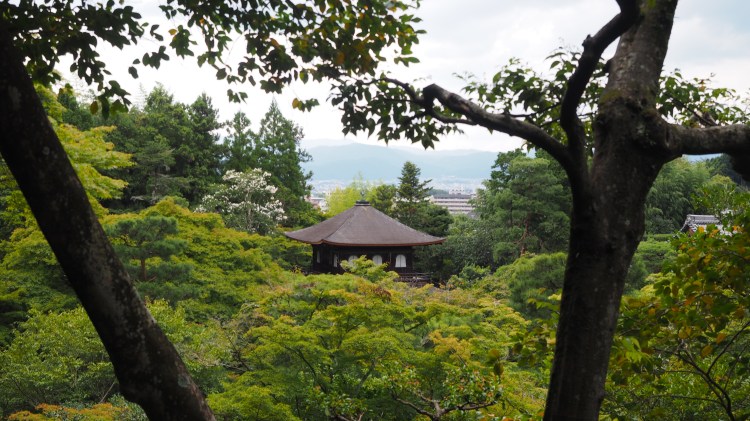



Looks really cool, japan is really high on my bucket list may bee it goes up one place ;).
It is definitely worthy of going up that place – it is so wonderful!
I’d like to visit Japan. So nice!
We also really enjoyed our visit to this wonderful pavilion! The mosses and trees surrounding it were so beautiful. We also loved the sand sculptures in the garden and had the good fortune to actually see someone shaping the sand in one area! Great photos!
Oh I am jealous! I would have love to see someone tending to the sand.
Juxtapositions always fascinate me, so long as the modern part of the equation is not dead-on, chain store tacky. Kyoto, like San Francisco or Frankfurt, avoids the latter.
I have heard such great things about San Fran lately!
wow awesome blog!!!!it is so cool how you travel around the world so cool to see what adventures you get into and where you go to!!!! how awesome!!!!!! I love to travel also but never actually traveled outside US. cant wait to travel the world in the future!!!
Thanks so much – glad to hear you are enjoying my blog 🙂 Hopefully you can travel abroad soon!
I can’t wait to travel abroad one day!😊😊
Japanese culture always fascinates us. The mixture of modernity and rustic charm blends harmoniously in Gion. Would love to have selfies with Geishas. 🙂
Couldn’t have said it better myself 🙂
Japan has not been on my bucket list, but I think I need to add after reading your blog. Thanks for sharing and the photos are wonderful.
I promise that you won’t regret putting it on your list!
A brilliant read. Thank you for sharing your adventures. I too was in Kyoto in September and I agree. It was hot but the humidity was worse. Your blog made me remember some of those moments I enjoyed but are starting to fade from memory. Looking forward to more good reads. Greg
No kidding! I was not at all expecting such humidity! Thanks for reading 🙂
I used to enjoy visiting Japan for scenery and food. fortunately I can still get the food at the Japanese restaurant around the corner from where I live.
That is pretty good luck! I can get alright sushi where I live, but no decent ramen or miso!